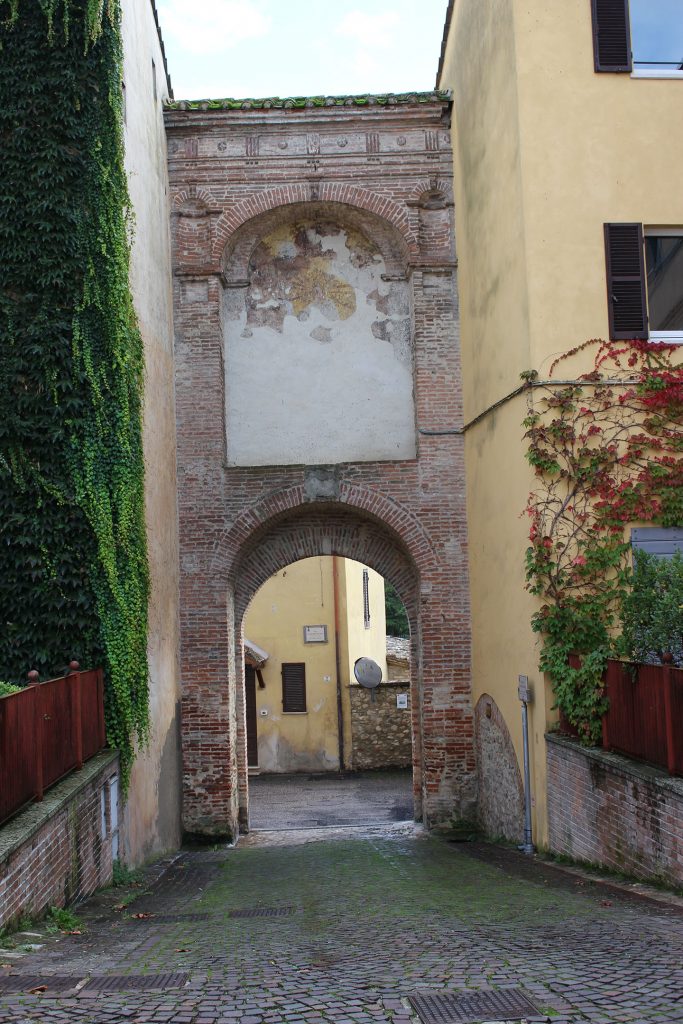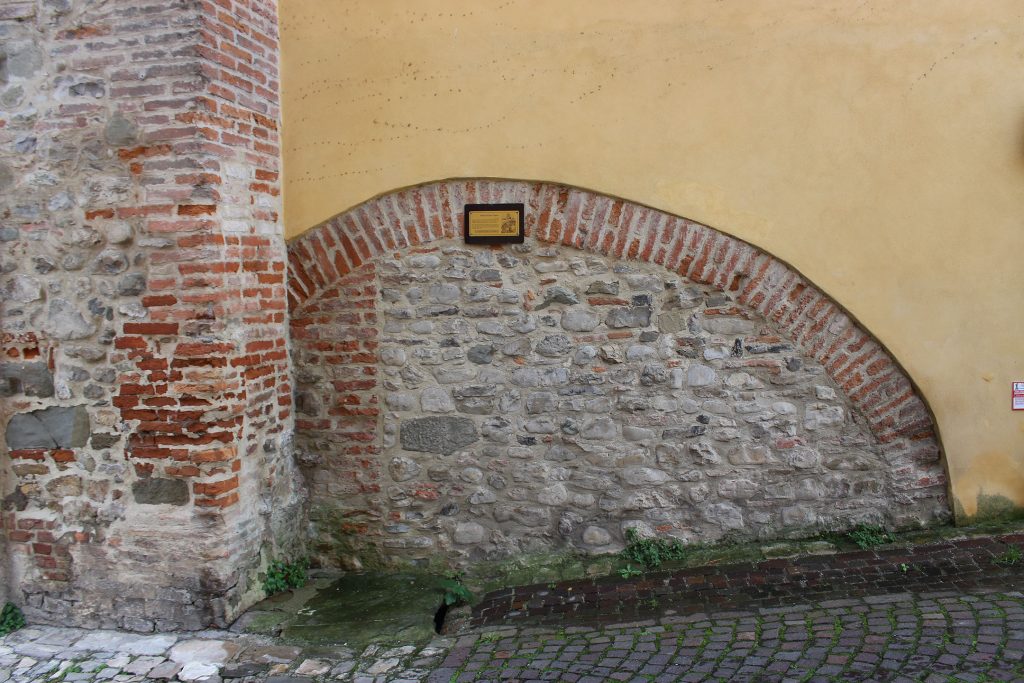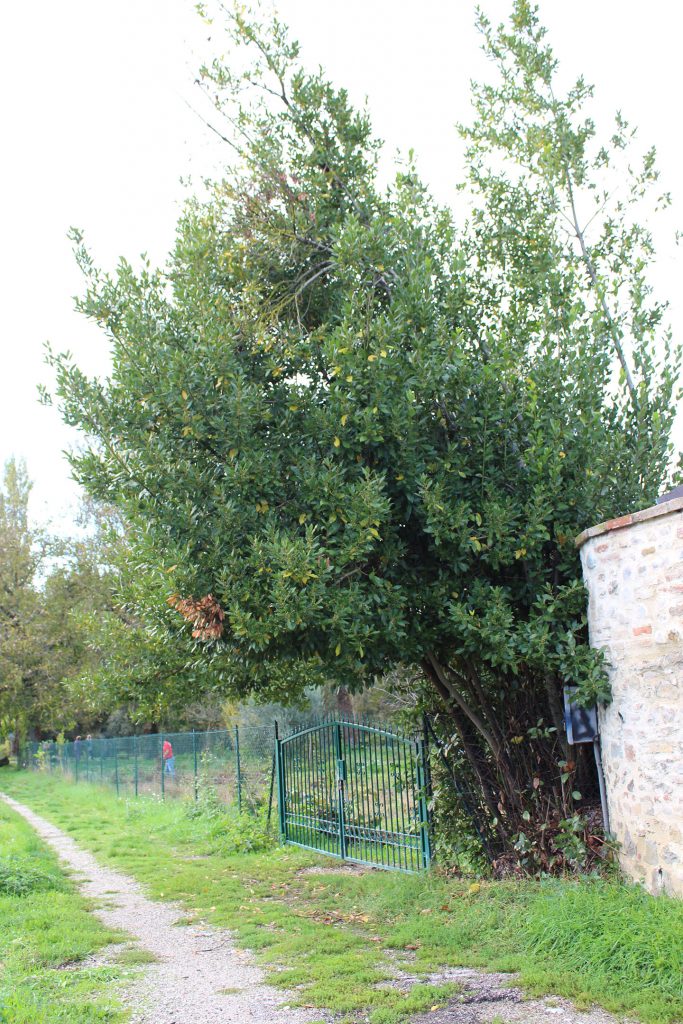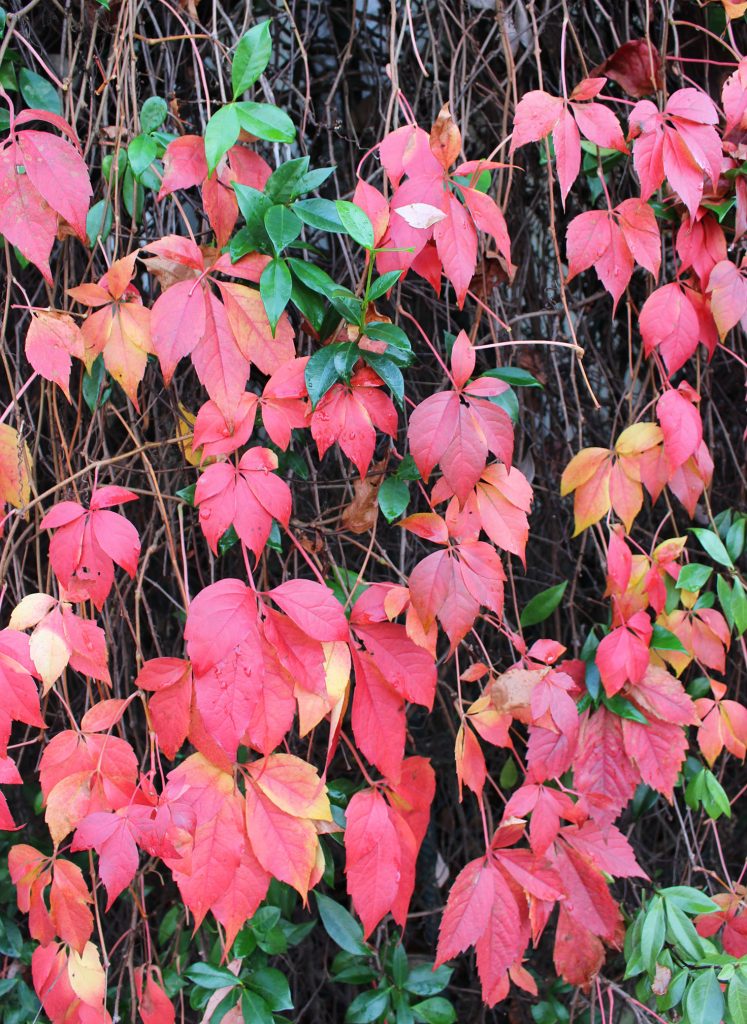Umbertide is not on any tourist itinerary. It is never mentioned when people make films showcasing Umbria. It is a nothing burger of a town. But, it grows on a person. I am very attached to it and it has its charms if you look for them. It goes to show even the most mundane town has its secrets and they are fun to dig up.
I have a couple of books about Umbertide and it’s history. It was an Etruscan town before the Romans. Later, it was a Roman town then called Pitulum Mergens. From Wikipedia: In its present incarnation, Umbertide was founded in the 8th or 10th century, depending on the scholar; its original name was Fratta, and it received its present name in 1863 in honor of then Crown Prince Umberto and of Uberto or Umberto, margrave of Tuscany, whose four sons, Adalberto, Ingilberto, Benedetto and Bonifacio, according to tradition, rebuilt the town in 796 on the ruins of Pitulum Mergens.
I will write more about this in another post. Right now I am focusing on the Piazza San Francesco neighborhood.
Piazza San Francesco is one of the prettiest piazze in town (my opinion 🙂). The books show the buildings ringing the Piazza and what they were originally and when they were built. There is also a gate there Porta Di San Francesco also known as la Porta del Borgo Basso (Gate of the lower village) built in 1612. You can see the remains of a fresco on the top of the gate. Most of the buildings in this Piazza were built in 1612.

Just before you get to the bottom of the hill to the gate on the right you can see the arch that let light into the fulling mill that was here then. Because it was just next to the river there was plenty of fresh water. Fulling was when the newly woven cloth was washed and beaten until it shrunk 15-20%, making it ready for use.

Just outside of this gate were the public washrooms. There were pools that collected the fresh water and the women of the town brought their laundry here to wash. There was a large stone arch which let in plenty of light. On my recent walk I am pretty sure I have found the washrooms. The remains of the old arch to let in the natural light remain embedded in the re-purposed walls of the now-garage.

Just beside this old building are gardens that are lush with produce in the summer. And the town Bay Laurel tree is here. They don’t sell bay leaves in the stores in Italy so everyone picks them from a tree. This one seems to be the one that many neighbourhood people use. Note the bottom leaves and branches have been picked. I found this quite by accident on a walk when we first came and I get my bay leaves here whenever I run low.

A reminder that autumn is definitely underway.

Pretty! Stai attenti everyone! Wear your masks.

Ciao Nancy. It’s great to learn about your home town. Especially when it’s not in the public mainstream, but more of a back door real town.
Haha. Yes I know. I got laughed at in the Bevagna alimentari when I asked them for bay leaves.
Interesting!
Oh my gosh, Nancy. Thank you for this little tour of Umbertide. On our next trip, we will have to visit this piazza. I can’t even imagine where it is, but then we still have so much more to learn about Umbertide.
Love it!! Thank you Nancy. We’ve never been to Umbertide, but to me it looks very interesting – a genuine town. We’ve stayed in Spoleto and Gubbio many times, and lived in Spello for a month about 20 years ago, but Umbertide is now high on my list….
Fascinating history, Nancy. We also have a large bay tree (20-25 feet tall and probably been here a very long time) and are happy to provide bay leaves when you need them!